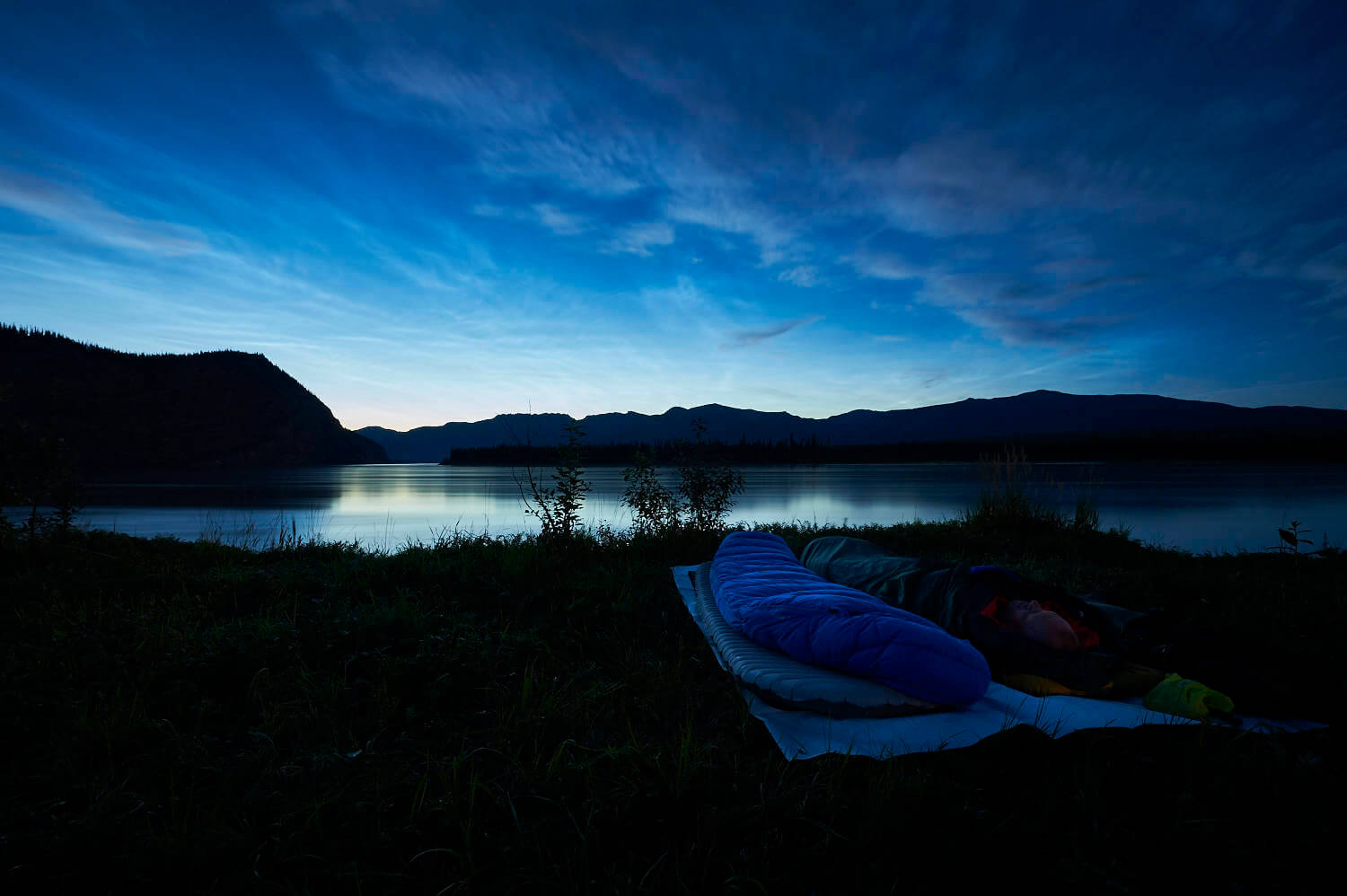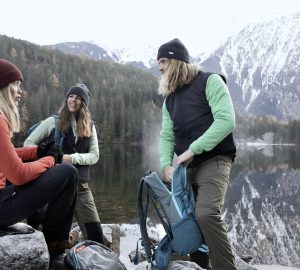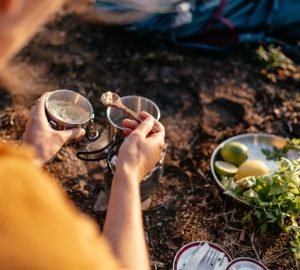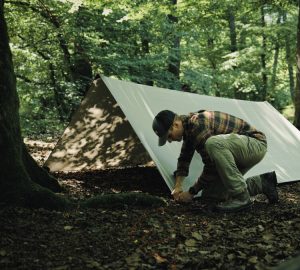Sleeping under the stars: there’s no other way experiencing nature more intense. That’s why bivouacking is many outdoor-enthusiast’s secret dream. Michael Bösiger, a Tatonka employee and professional outdoor guide from Switzerland, who slept many nights in the open while hiking, kayaking or trekking. In the following, he shares his experience and points out what’s most important in terms of sleeping outside.
Bivouacking means to prepare for the night without a tent – whether it is under a tarp, in an igloo, in a cave of snow or in a bivouacking bag or with only the stars above your head instead of a roof, you can set up a bivouac anywhere.
First, a bivouac is perhaps the easiest way for sleeping outdoors. You don’t need a tent which means you don’t need much of baggage and you don’t have much to set up or dismantle. Anyway, the most important part of bivouacking is to experience nature first hand and to get to know yourself as well – without being distracted by every day’s troubles. Remote areas – far off trekking hot spots or campsites – are most recommendable.
If you want to get yourself into bivouacking, you’d be aware of the following: without the willingness to abandon a bit of comfort and ease a night in the open won’t be fun at all. Outdoor-professional Michael Bösiger states: “Those of you being afraid of animals, spiders or bugs better stay at home.”
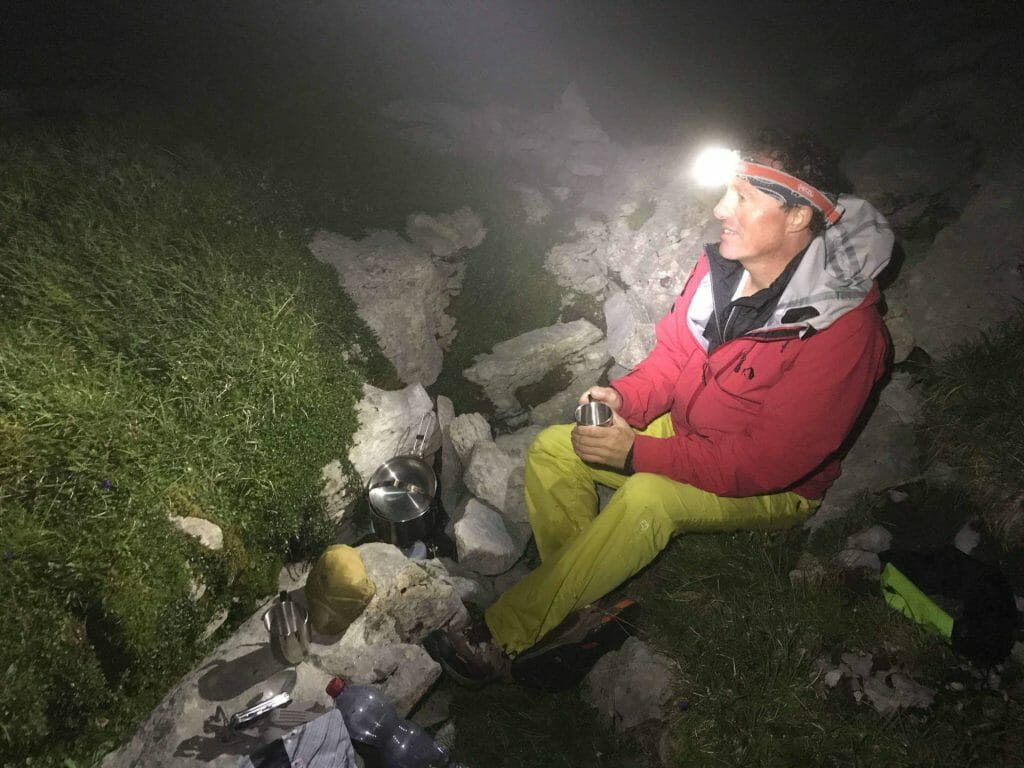
Where to bivouac? Legal aspects
The laws concerning sleeping outdoors differ from country to country. That’s why you are to look up the local legislation beforehand. Otherwise, you might find yourself within a delicate situation in the middle of the night or the next morning: when you’ll be facing a fine.
Generally speaking:
- Europe
There are many different laws in Europe. In Scandinavia, sleeping in a tent or bivouacking is basically permitted almost everywhere. In Germany it’s allowed to bivouac, yet you can’t sleep in a tent. In Southern Europe – especially in the more touristic areas – heavy fines are to be expected. - USA / Canada
In the United States – except a few spots – bivouacking is strictly prohibited. Yet, in national parks there’re so called “wilderness areas” where it’s ok to sleep in a tent, though you’d need a permit. Canadian laws a similar. If you’d decide to bivouac you might want to check whether there’re wild animals around first. - Australia / New Zealand
Even though, it’s highly unlikely to be caught first hand on this gigantic continent: camping wild is generally forbidden in Australia. Same goes for bivouacking. In New Zealand you also can’t set up your camp wherever you fancy to do so. Fortunately, there are many private estates the owners explicitly invite travelers to camp on.
Also intersting: How to make fire in the wild
Which equipment do you need?
- Light touring-backpack
- 3-season-sleeping-bag (down is lighter, yet synthetic fiber is more useful in terms of moisture)
- High-quality camping mat
- Waterproof bivouac bag or tarp
- Camp stove
- Lighter
- Cookware
- Cutlery and Cups
- Provisions
- Pocket knife
- Headlamp (with charged batteries)
- Water bag
- Toilette paper
- First-Aid-Kit
- Rain gear
- A charged mobile (with additional power bank)
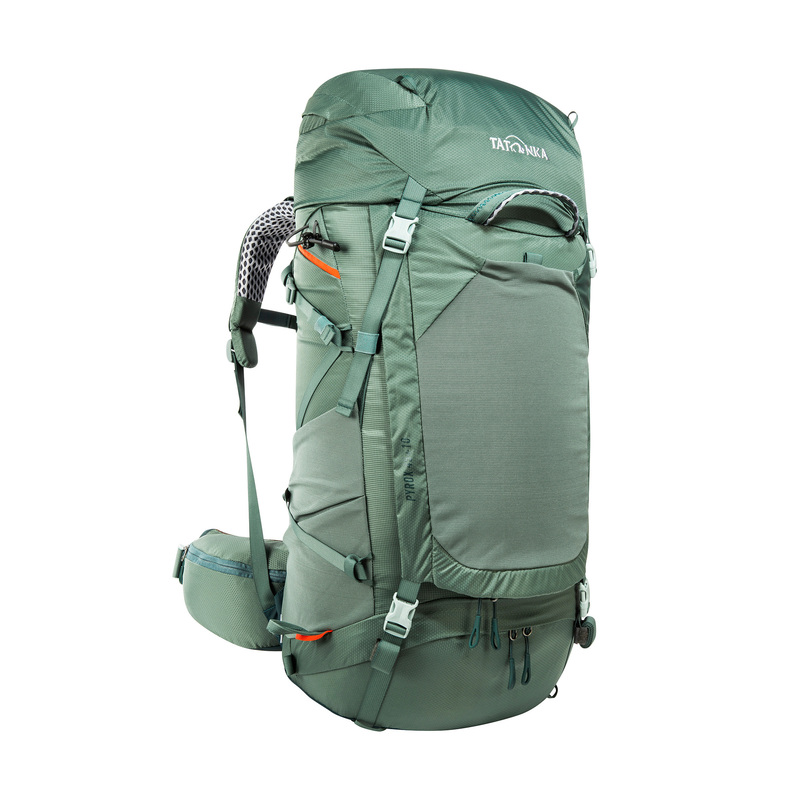
At Tatonka you will find practical touring rucksacks in different sizes and with different features.
A proper place for sleeping outdoors
Now, since you have checked that bivouacking is legal around the area of your choice, you can start looking for a lovely sleeping place. It should be level but not within enclosed hollow (to avoid a pool of water) and it shouldn’t be close to a cliff (to avoid falling off). In Addition, try to find a wind-protected place. If you’re not traveling at some high altitude already, keep same distance between you and open water. There might be midges and your sleeping bag could get damp.
Don’t stroll off to far. Try to stay close to frequented paths: If worst comes to worst you can easily find your way back to a secure area, even though, there’s fog, rain or darkness. It’s of high importance to inform friends or relatives about your route, the destination and your estimated return beforehand. In case of an emergency, a charged mobile might be helpful. Be aware that your phone consumes a much higher amount of energy than in urban areas for it’s constantly trying to connect with far off broadcasting towers. A completely charged and mostly switched off mobile which, at least, could send an SMS is the very minimum to bring.

The perfect timing to sleep outdoors
If this is your first-time bivouacking, you want to wait for a mild summer night – at a modest altitude. If temperatures don’t fall under 10° C, light equipment is perfectly fine and chances are quite good to enjoy a comfortable night outside.
Though, it’s summer time, don’t forget to bring a beany. You tend to lose most of your body heat through your head. For the morning after, Michael has one particularly important hint: “Always bring your favorite chocolate bar as a reward.”
Experienced people definitely can bivouac all year. The colder the temperatures the sturdier your equipment and the more conscientious your preparations must be.
Also interesting: 7 Reasons why you should go on an adventure trip
Always mind the weather – and be prepared
“An adequate bivouac-place always is a secure place as well”, Miachael stresses. So, choose your sleeping place carefully: try to find a spot which is protected from rock fall, mudslides, suddenly increasing water levels or thunderbolts. The weather in the mountains can change particularly swiftly and in summer there’s a high chance of spontaneous thunderstorms.
Thus, you better set up you camp as long as there’s daylight. Plus: you can easily spot potential hazards which might be close. In terms of the weather you’d check the local conditions in advance and, additionally, during your tour from time to time.
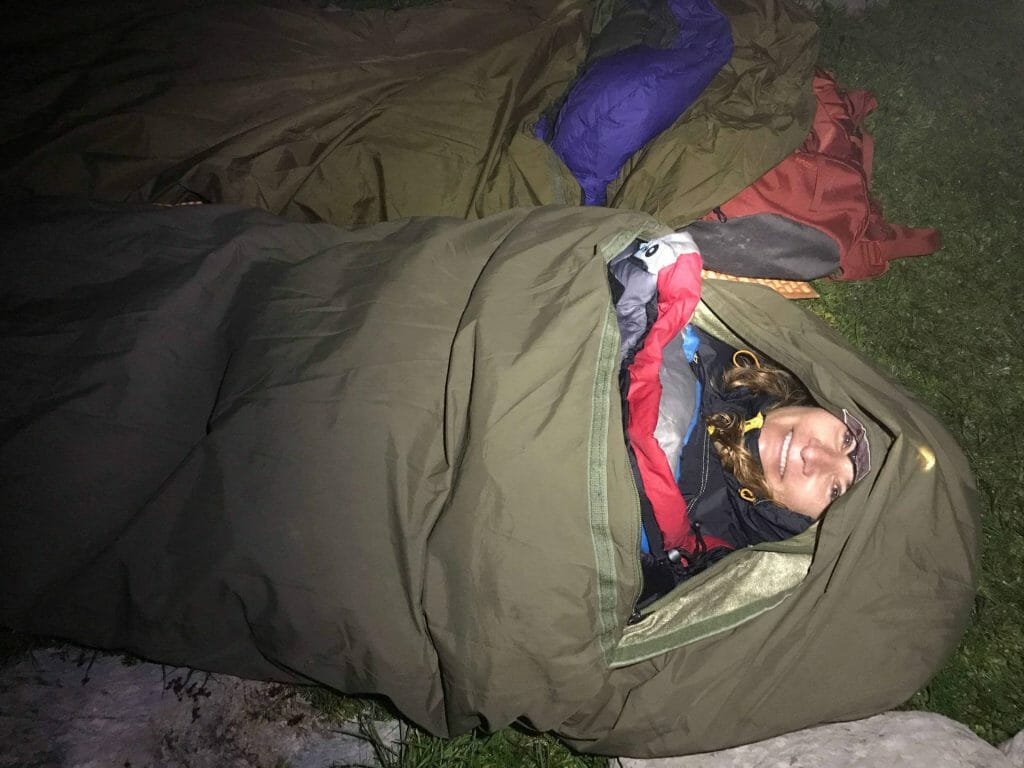
Nature conservancy is of utmost importance
For bivouacking like all other outdoor-activities there’s one rule of utmost importance: “We are only guests within nature”, Miachael lays stress on. Try to avoid high sound levels to not disturb wildlife. Don’t let groceries lay around open and take all your litter back home.
If you’d fancy a campfire before sleeping, you must consider that there are strict rules in Germany: if it’s not officially permitted it’s most likely forbidden. If there’s an official allowance on the other hand, try to use already existing fire pits. Michal would say: “Don’t leave anything except footprints, don’t take anything except impressions.” Same goes for your excrements: “You must always bury your big business!”
If you are bivouacking, try to interfere with nature as little as possible. That’s how we can keep both the biosphere for animals and plants intact and nature a place for recovery and happiness for many outdoor-fans to come.
This might be also interesting for you: Which backpack is right for me?




